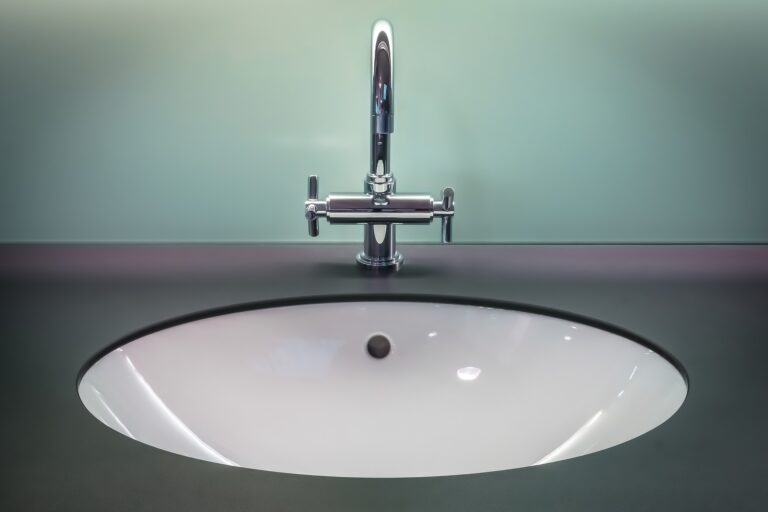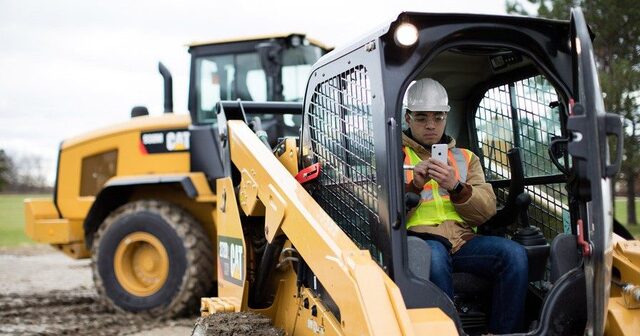A Guide For Different Cookware Pans For the Kitchen
The kitchen and cookware industry in Australia has a value of over 1 billion AUD as millions of Australians purchase cookware from online and offline stores. The growth in popularity is thanks to the various cooking programs and healthy eating habits that people desire. When it comes to cookware pans, there is often confusion between using a frying pan and saute pan for cooking meat and veggies. Those who enjoy cooking but are unsure which cookware suits the cooking style? Read this article to get the idea and enjoy cooking effortlessly.
Skillet
A skillet is also known as a frying pan. It is a shallow pan with slanted sides and is commonly used in the stir-fry or sautés process. It allows the ingredients to cook quickly. The word “sauté” is a French word that means “jump”. It is easier to flip, stir, and toss the ingredients in a skillet due to its slanted sides. The veggies sizzle and pop in a skillet pan when individuals sauté or stir-fry them. They are also ideal for searing fish, meat, and chicken or even preparing simple pasta dishes with sauces.
Sauté pan
A pan that has straight sidewalls is a sauté pan. How can one differentiate between a skillet and a saute pan? It is through their slated sides. They are best suitable for cooking liquid ingredients. While braising meat or shallow frying food in a skillet, the ingredients might leak because of the slated slides. This pan is a better option for sautéing, stir-fry, and searing. Most chefs prefer using a saute pan or a skillet, depending on the type of food they saute.
What are the factors to consider before getting a new cookware pan?
Size
Various sizes (in volumes) are available, ranging from three to six-quart capacity. A ten-inch skillet is equal to a three or four-quart pan, and the twelve-inched skillet is equal to a six-quart pan. So, overall, a normal-sized pan holds four and a half-quarts and measures 11.8 inches.
Material
Saute pan is available in comprehensive materials, like cast iron, aluminum, copper, stainless steel, and ceramic. Based on the nature of sautéing, a material can be chosen, allowing it to heat quickly and cool off at the same speed. Why must one use a different material? The main reason is that different materials conduct and distribute heat differently.
- Stainless steel
It is an excellent heat conductor, budget-friendly compared to other materials. It serves multiple purposes like cooking, searing, and browning (not suitable for all sauces).
- Cast iron
It retains heat well, reduces sticking, is versatile, and is non-reactive. Cast iron is reactive to acidic foods, and enameled cast iron is expensive and heats slowly. This is used for sautéing, braising, frying, making sauces, and slow cooking.
- Copper
It heats evenly and quickly. But this is expensive and requires polishing. It is best for cooking fish, sauces, and caramels.
- Aluminium
It is also a good conductor, lightweight, and is also affordable. It is not durable, reacts to acidic foods, and is quickly wrapped. It allows cooking like delicious eggs, pancakes, and also fish.
- Ceramic non-stick
It has a natural, mineral-based coating and does not leach toxic chemicals into the food. It requires less oil or butter while cooking and is easily cleanable.
Oven compatibility
Any cookware material which is over-safe or friendly gives cooks a wide range of possibilities. A maximum of 550 degrees temperature is affordable in a sauté pan. One can also use them on induction, gas, and electric stoves.







